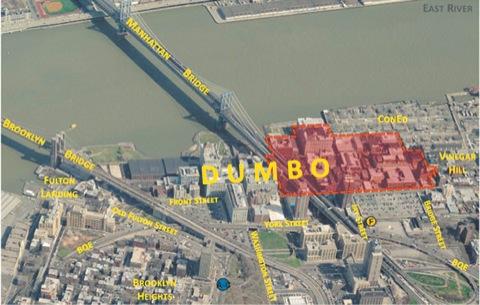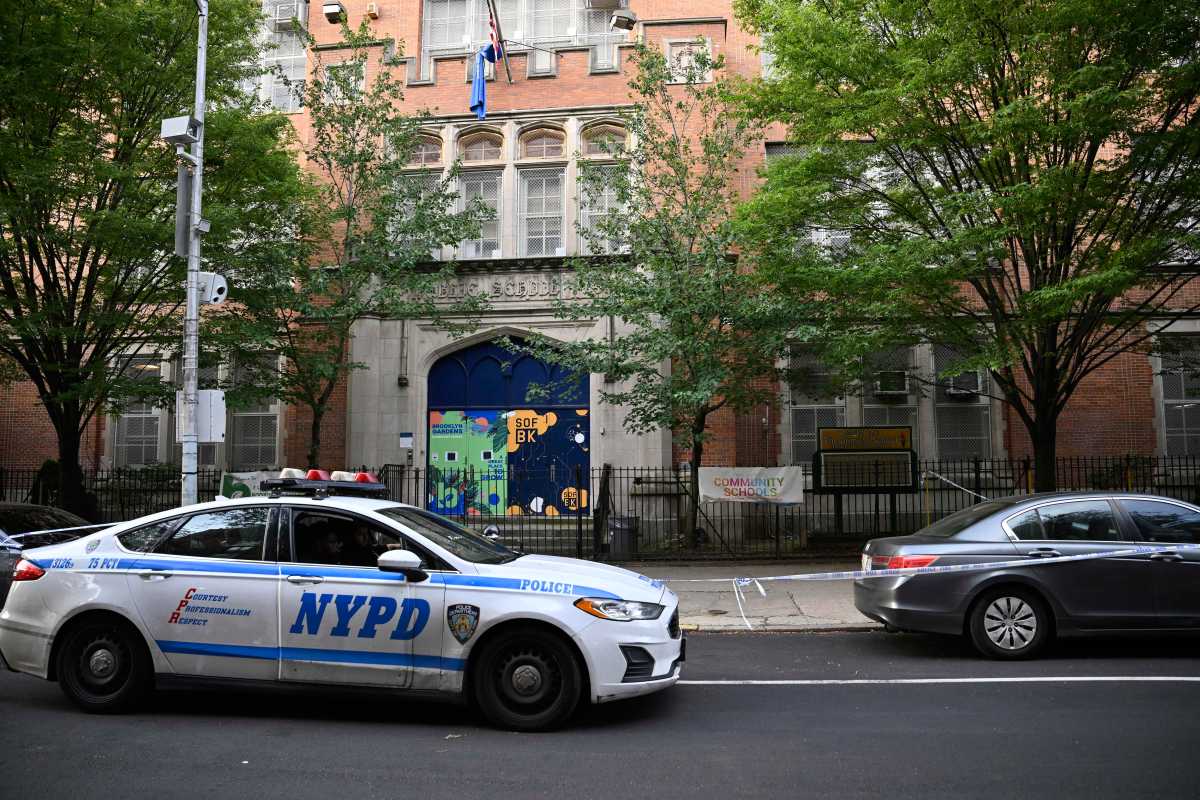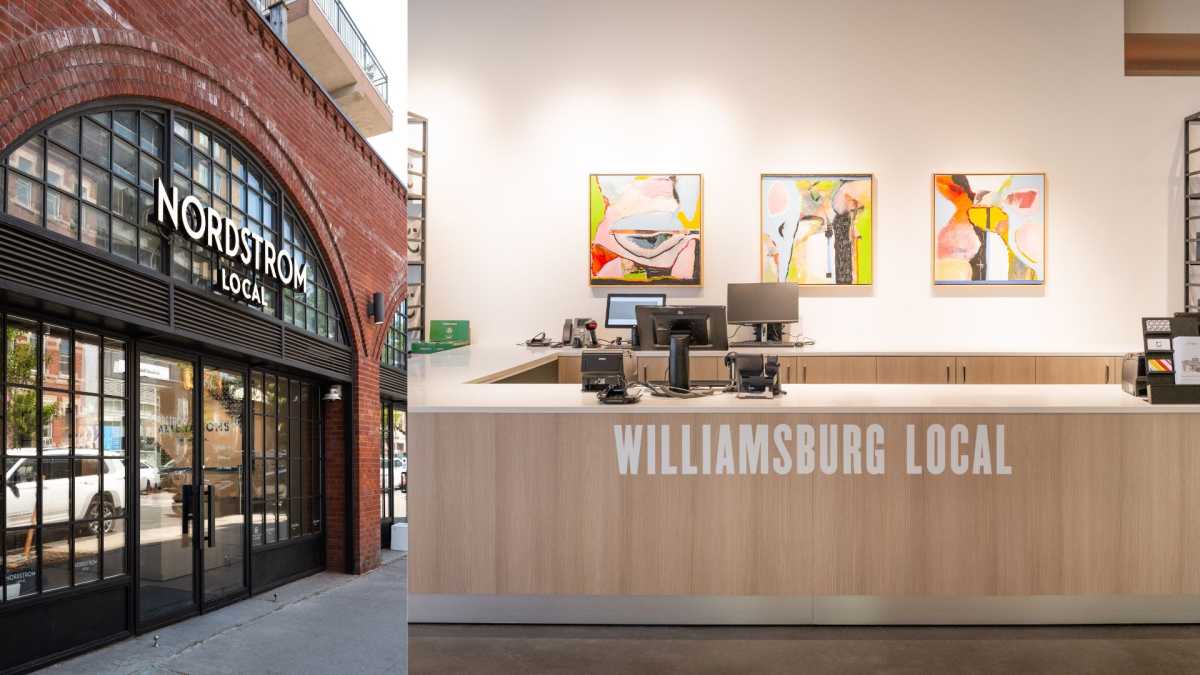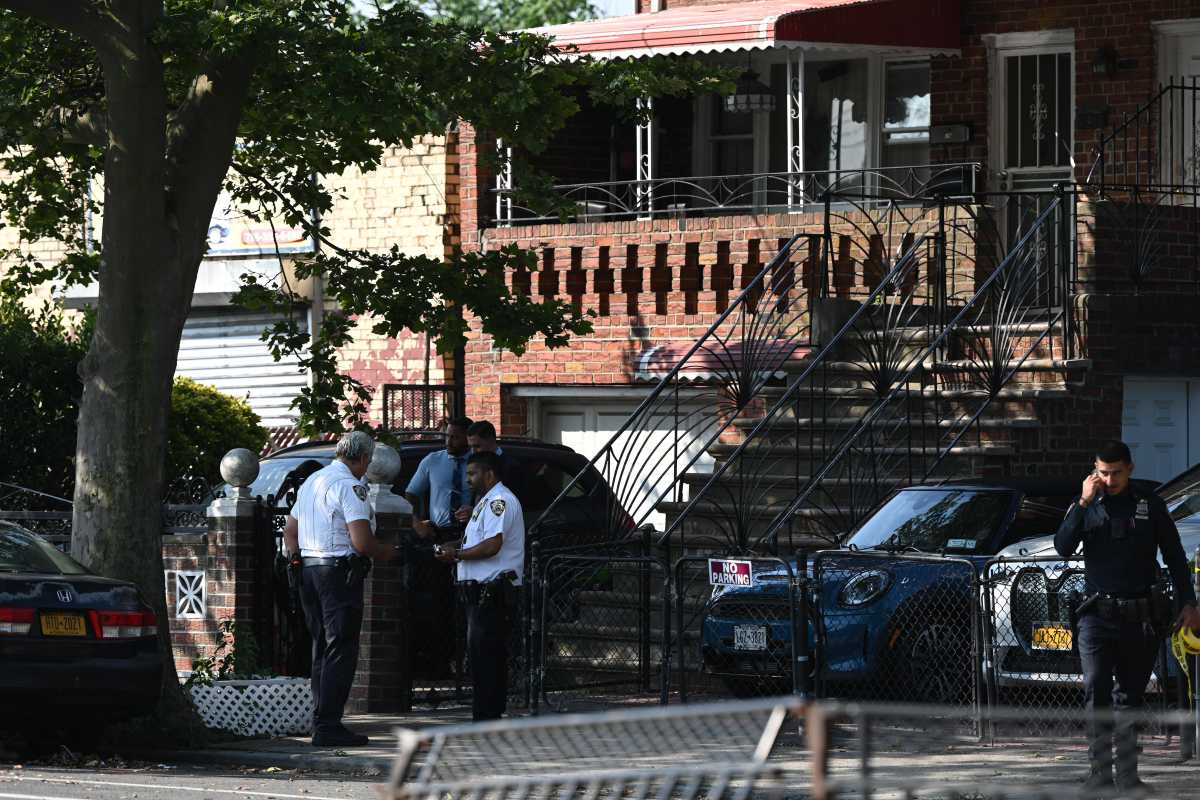As this paper went to press, Borough President Marty Markowitz was set to hear the public weigh in on the Department of City Planning’s proposal to rezone a wide swath of DUMBO.
The rezoning plan area is generally bounded by Bridge Street to the east, the Manhattan Bridge to the west, John Street and the East River to the north and Front Street to the south.
It generally establishes two corridors — with the one along Jay Street allowing a maximum building height of 120 feet, and the Bridge Street corridor allowing a maximum height of 80 feet.
Under the proposal, around two thirds of the area – the eastern portion of the rezoned area – would receive an R8−A designation. This enables construction of buildings up to 120 feet high, or around 12 stories.
The western portion of the rezoned district would receive an R7−A designation, which enables buildings of up to 80 feet high, around eight stories.
City Planning officials estimated that the rezoning would bring around 891 new apartment units into the area.
The rezoning would also do away with the current M1−2 and M3−1 manufacturing classifications, which allow for light and heavy industry.
In their place would be a uniform M1−4 classification, which allows only for light manufacturing.
Under the proposal, developers would be able to get a 33 percent density bonus if they set aside 20 percent of their units for affordable housing available to those earning $56,700 per year or less.
These affordable units could either be on−site – in the new buildings themselves – or off−site, where they can be placed anywhere within Community District 2 or a half−mile away from the building itself.
City Planning officials estimated that around 11 percent of the new units constructed because of the rezoning would be “affordable.”
Recently, the area was designated a historic district, meaning that any new buildings will need to aesthetically fit into the neighborhood’s existing character, as determined by the city’s Landmark Preservation Committee.
Markowitz’s hearing was part of the city’s Uniform Land Use Review Procedure (ULURP) involving rezoning.
Previously, Community Board 2 recommended against the rezoning by a narrow 13−10 vote.
Similarly, the DUMBO community is divided in support and opposition to the plan.
DUMBO Neighborhood Association Executive Director Doreen Gallo said the plan is too dense and the group has submitted its own plan that would reduce the larger buildings from 12 stories to eight.
But DUMBO Business Improvement District (BID) Executive Director Kate Kerrigan called City Planning’s proposal balanced and said it allows for measured growth.






















